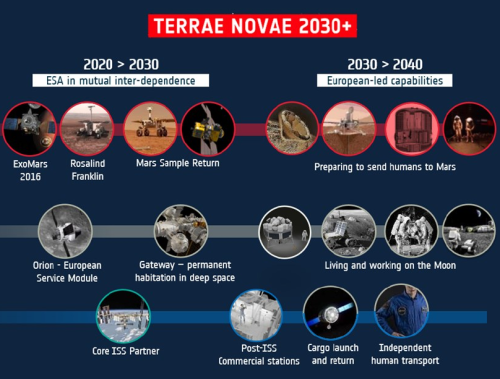Dish Network condemns Starlink and SpaceX study
Constellation wars! In an apparent response to the FCC’s decision last week to reject the Dish network’s request that the agency block Starlink from using the 12GHz frequency band so that Dish could use it, Dish (as part of a coalition) now claims that SpaceX’s study on the use of that band is “scientifically and logically flawed” and used “cherry-picked” data.
While the FCC had rejected Dish’s blocking request, it also said it was still studying whether Starlink’s orbital system and Dish’s ground-based system could both use the frequency at the same time. Today’s statement is obviously Dish’s effort to influence that FCC study.
The coalition’s full statement also said this about the request by Starlink to its customers to send their own comments to the FCC:
In addition to this manipulated filing, Starlink has initiated a public misinformation campaign by falsely telling customers and the public that coexistence is not possible in the band among Starlink and 5G services – despite nationwide data proving otherwise. This tactic, which is commonly used by Elon Musk, is not only disingenuous, but it promulgates an anti-5G narrative that is harmful to American consumers who deserve greater competition, connectivity options and innovation. It also stands to threaten America’s global leadership in the 5G and technology sector as other countries outpace the nation in delivering next-generation services.
This constellation war has hardly begun. Expect politicians to soon get involved, both pro and con, prompted by campaign contributions from the commercial players (which when paid to ordinary we call it “bribes”).
Meanwhile, SpaceX announced yesterday that Starlink is now offering its service to boat owners, though the service is hardly cheap.
Starlink Maritime costs $5,000 per month, plus an initial $10,000 fee that covers two high-performance satellite dishes. It promises to deliver download speeds of 350 Mbps. Regular Starlink internet costs $110 per month, along with $599 for the necessary hardware.
Constellation wars! In an apparent response to the FCC’s decision last week to reject the Dish network’s request that the agency block Starlink from using the 12GHz frequency band so that Dish could use it, Dish (as part of a coalition) now claims that SpaceX’s study on the use of that band is “scientifically and logically flawed” and used “cherry-picked” data.
While the FCC had rejected Dish’s blocking request, it also said it was still studying whether Starlink’s orbital system and Dish’s ground-based system could both use the frequency at the same time. Today’s statement is obviously Dish’s effort to influence that FCC study.
The coalition’s full statement also said this about the request by Starlink to its customers to send their own comments to the FCC:
In addition to this manipulated filing, Starlink has initiated a public misinformation campaign by falsely telling customers and the public that coexistence is not possible in the band among Starlink and 5G services – despite nationwide data proving otherwise. This tactic, which is commonly used by Elon Musk, is not only disingenuous, but it promulgates an anti-5G narrative that is harmful to American consumers who deserve greater competition, connectivity options and innovation. It also stands to threaten America’s global leadership in the 5G and technology sector as other countries outpace the nation in delivering next-generation services.
This constellation war has hardly begun. Expect politicians to soon get involved, both pro and con, prompted by campaign contributions from the commercial players (which when paid to ordinary we call it “bribes”).
Meanwhile, SpaceX announced yesterday that Starlink is now offering its service to boat owners, though the service is hardly cheap.
Starlink Maritime costs $5,000 per month, plus an initial $10,000 fee that covers two high-performance satellite dishes. It promises to deliver download speeds of 350 Mbps. Regular Starlink internet costs $110 per month, along with $599 for the necessary hardware.

